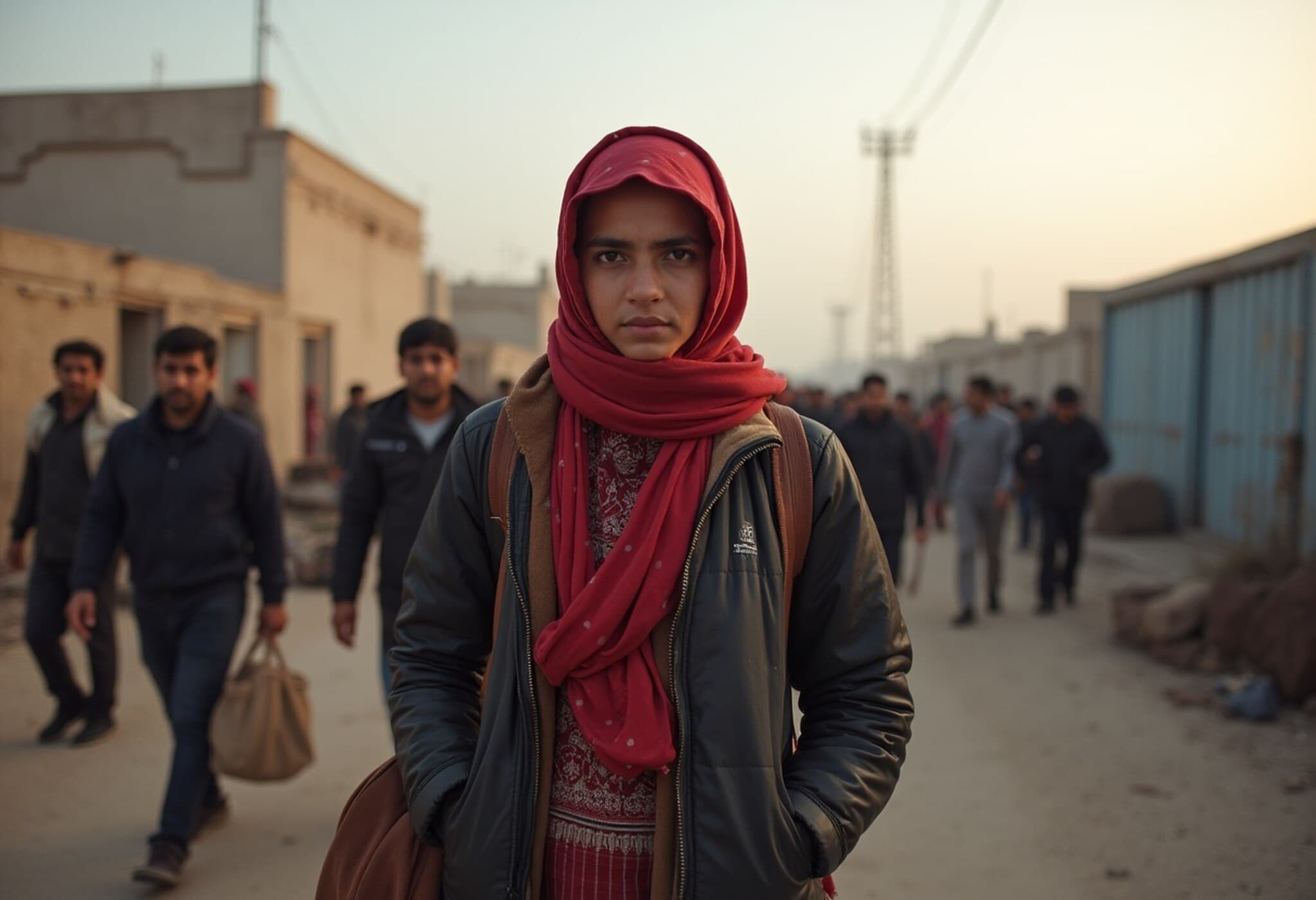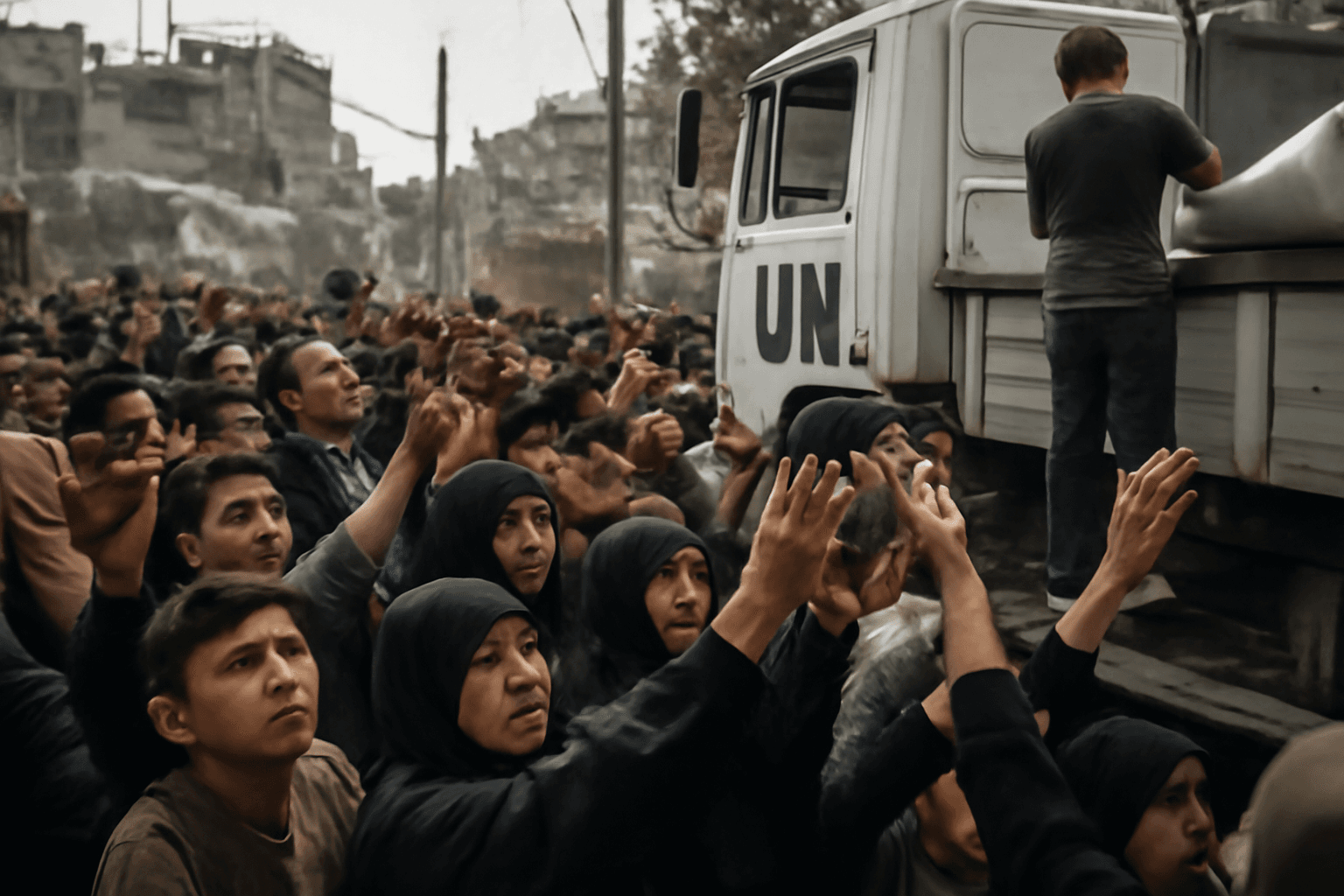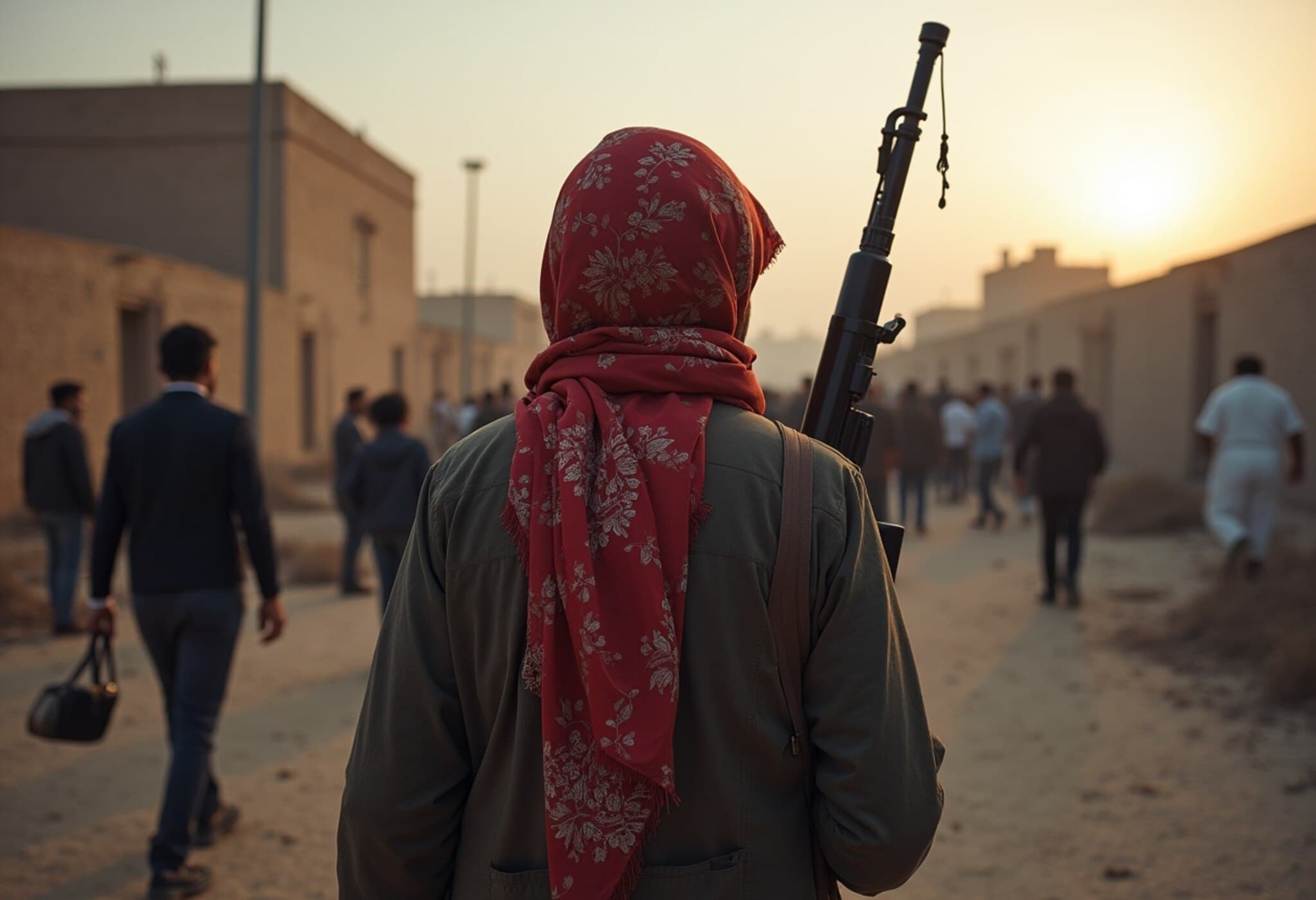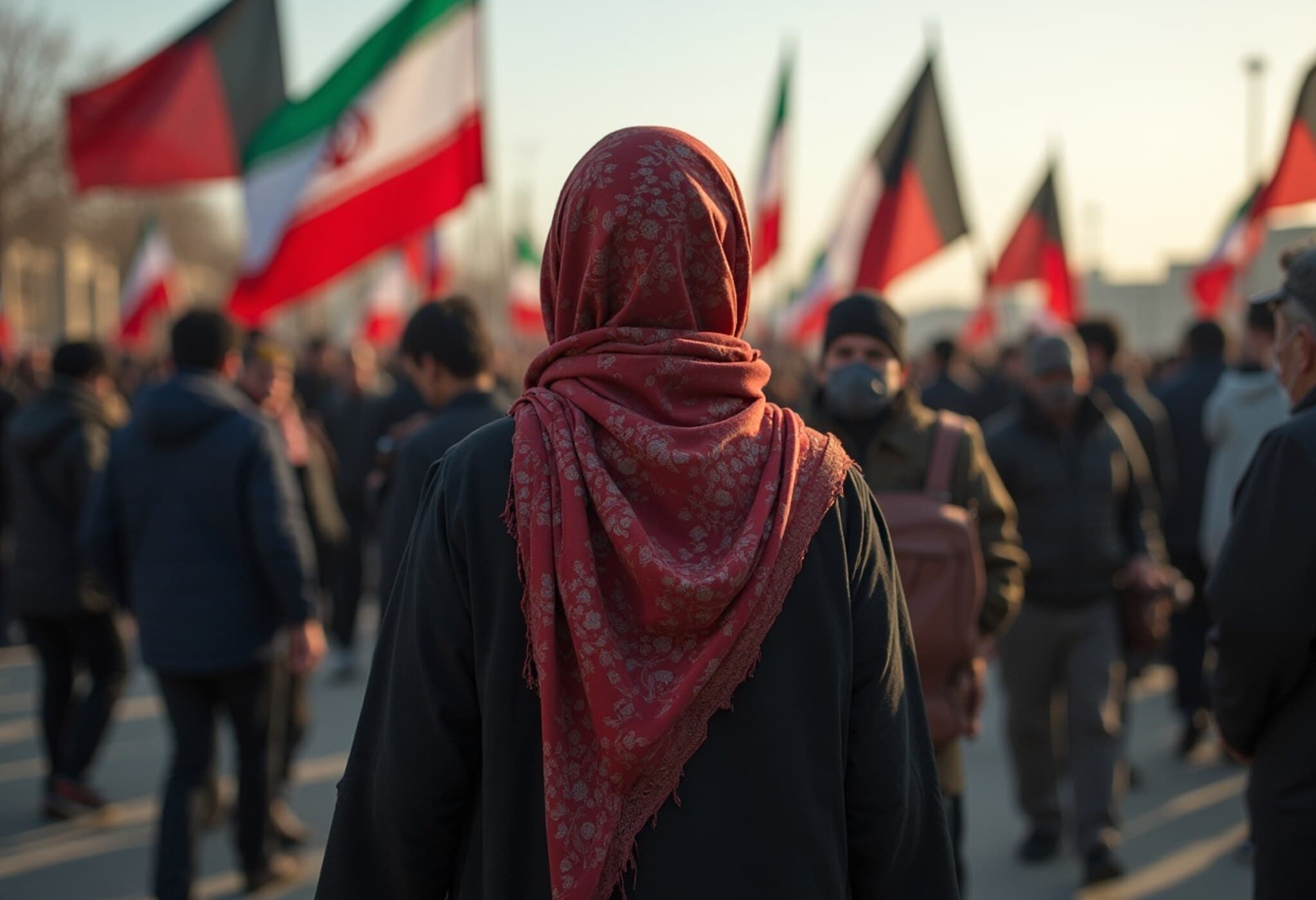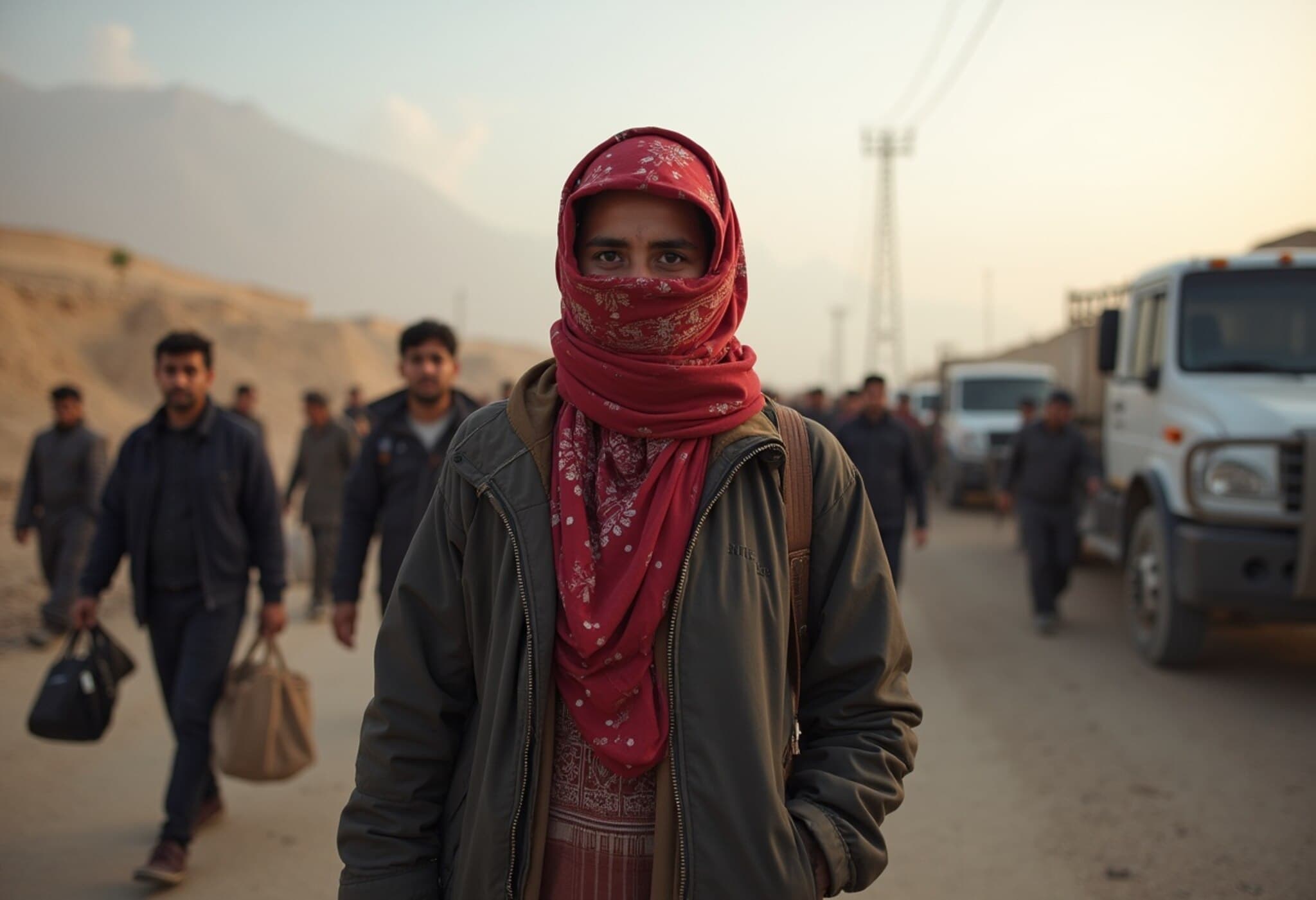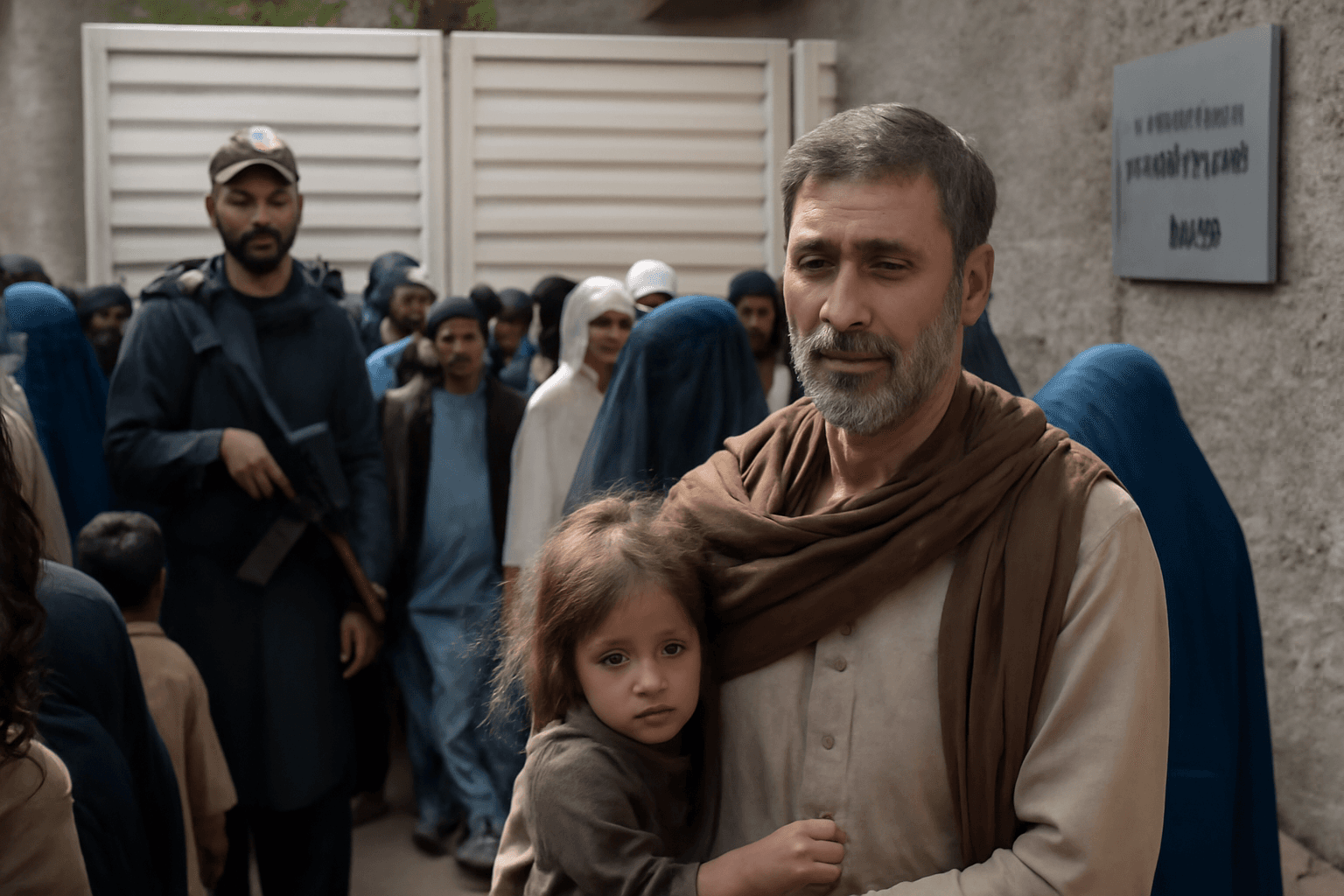Surge in Afghan Returns from Iran Sparks Urgent Humanitarian Concern
As of early July 2025, tens of thousands of Afghans have been crossing back into Afghanistan from Iran, driven by a looming government deadline that demands undocumented Afghan migrants leave Iran by July 6. The sudden influx has ignited alarm across international agencies, with the United Nations underscoring the evolving situation as a full-blown humanitarian emergency at key border crossings.
Massive Border Crossings Overwhelm Islam Qala
UNHCR reports that since mid-June, the volume of returnees has skyrocketed, peaking at over 43,000 people crossing Islam Qala border post in western Herat province alone on July 1. This jump comes amid Iran’s policy affecting up to four million Afghans residing there — a significant portion of the six million-strong Afghan diaspora in Iran.
The International Organization for Migration (IOM) estimates that more than 250,000 Afghans returned throughout June, a figure that underscores the mounting regional pressure on Afghanistan’s already strained infrastructure.
Children and Families Face Dire Circumstances
UNICEF’s Tajudeen Oyewale paints a troubling picture: the demographics shifting from predominantly single male migrants to entire families, now constituting about 25% of returnees. Many arrive with barely any possessions or resources, heightening their vulnerability.
"When influx numbers surpass 20,000 daily, our existing facilities, designed to support 7-10,000, are overwhelmed," Oyewale explained. Efforts are underway to strengthen water, sanitation, nutrition, and child-friendly services. Yet the challenge remains immense.
Pressure and Peril in Iran Push Afghans to Risky Crossings
Reports reveal that Afghans in Iran face growing repression, including arrests and coerced deportations. Aref Atayi, an Afghan returnee, shared a heart-wrenching account of fear permeating daily life, where even children sent out for food risk detention.
“Even if it means begging back home, it is better than living where we are treated like criminals,” Atayi said, embodying the desperation driving this mass movement.
Regional and Global Implications of the Forced Exodus
- Economic strain: Afghanistan's fragile economy is burdened further by the sudden arrival of hundreds of thousands of returnees.
- Social services: Healthcare, education, and housing infrastructures are under severe pressure amidst limited foreign aid.
- Security risks: Unplanned mass returns risk exacerbating instability in a country already facing unemployment, poverty, and climate change impacts.
International agencies, along with Taliban authorities, have urgently called for increased funding to bolster humanitarian aid. The UN also stressed the necessity for countries to avoid forced returns, underlining the importance of human rights and regional stability.
Expert Analysis: What Lies Ahead?
From a policy standpoint, this crisis offers critical lessons on migration governance and the need for international solidarity. Forced displacement, especially among vulnerable populations like children and families, magnifies long-term challenges including education interruption and psychological trauma.
Moreover, for the U.S. and global stakeholders, Afghanistan’s stability remains linked to broader geopolitical interests, including counterterrorism efforts and regional security. Therefore, addressing this humanitarian emergency with sustainable aid and diplomatic dialogue is imperative.
Editor’s Note
The mass return of Afghans from Iran underscores a potent human story amidst geopolitical policies — one that tests the limits of humanitarian response and regional cooperation. As families arrive facing destitution and uncertainty, the international community must reckon not only with immediate relief but also with longer-term integration, resilience-building, and protection frameworks. How can policymakers ensure these undergoing forced displacement are not left invisible to global agendas? This evolving crisis invites continued vigilance, empathy, and coordinated action.

